Re: Formula 1 - 2015
te estas equivocando, me parece el concepto por que mezclas 2 cosas
cuando los escapes era " soplados " hacia los brazos de suspension y el difusor del Red Bull, salto la ficha por el sonido a motor con encendido atrasado
esto mismo estas escuchando en la Ferrari de los test por que de todos la Ferrari es la mas rara en sonido ( yo me imagine que iba con menos boost y girando mas alto de vueltas , que se yo , podra ser ??????????' no se....)
quizas suene aun mas fuerte ese sonido raro, cuando le sacan la pata despues del rebaje
pero el escape, claramente esta saliendo a la atmosfera sin " soplar " a nadie
Originally posted by ngendro
View Post
te estas equivocando, me parece el concepto por que mezclas 2 cosas
cuando los escapes era " soplados " hacia los brazos de suspension y el difusor del Red Bull, salto la ficha por el sonido a motor con encendido atrasado
esto mismo estas escuchando en la Ferrari de los test por que de todos la Ferrari es la mas rara en sonido ( yo me imagine que iba con menos boost y girando mas alto de vueltas , que se yo , podra ser ??????????' no se....)
quizas suene aun mas fuerte ese sonido raro, cuando le sacan la pata despues del rebaje
pero el escape, claramente esta saliendo a la atmosfera sin " soplar " a nadie



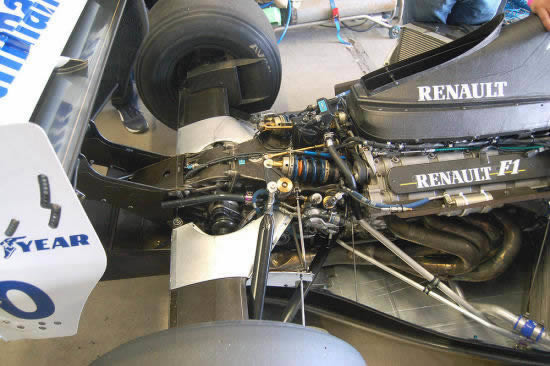
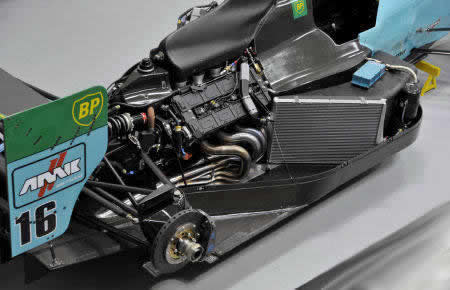
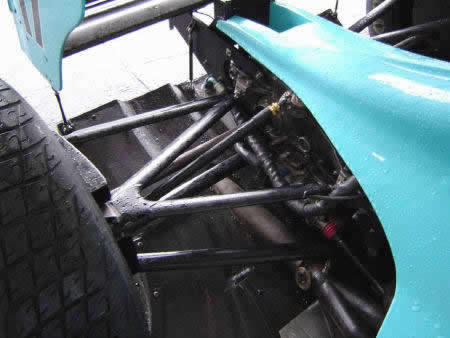
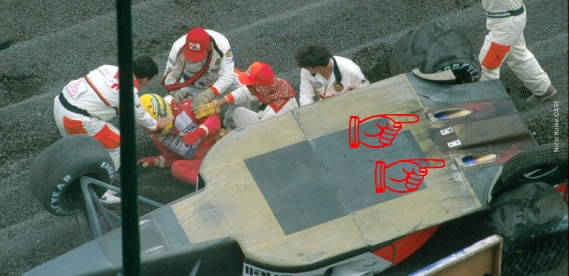
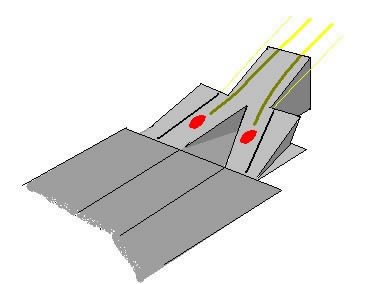 During the construction of an F1 car,
During the construction of an F1 car, 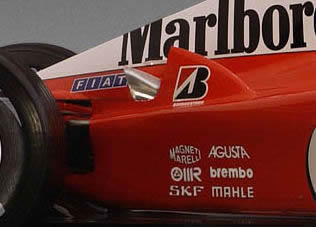 However, two further trends have led to Ferrari considering and then adopting an alternative exhaust arrangement. In the quest to move weight forward that has resulted from the width limitation on the rear tires and the grooves in the treads which led to Bridgestone introducing a wider front tire in 1998, the engine has moved forward relative to the rear of the bodywork, defined in the regulations by the rear axle centre line.
However, two further trends have led to Ferrari considering and then adopting an alternative exhaust arrangement. In the quest to move weight forward that has resulted from the width limitation on the rear tires and the grooves in the treads which led to Bridgestone introducing a wider front tire in 1998, the engine has moved forward relative to the rear of the bodywork, defined in the regulations by the rear axle centre line. 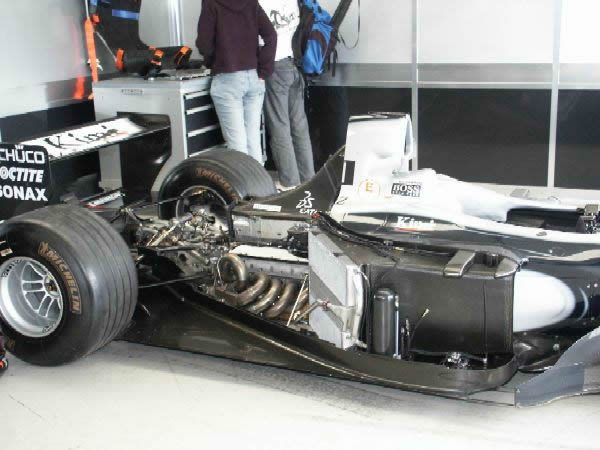
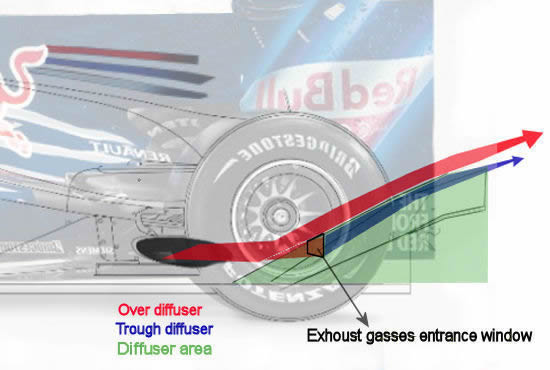
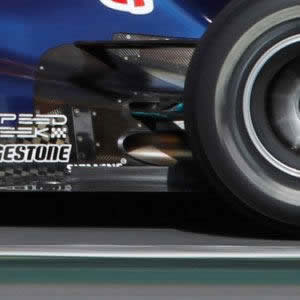 However it has again fallen to Red Bulls
However it has again fallen to Red Bulls 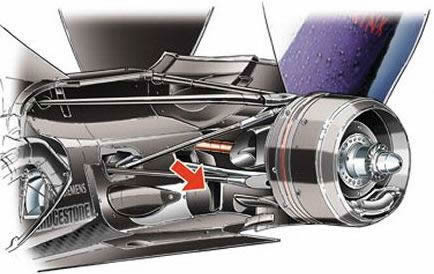

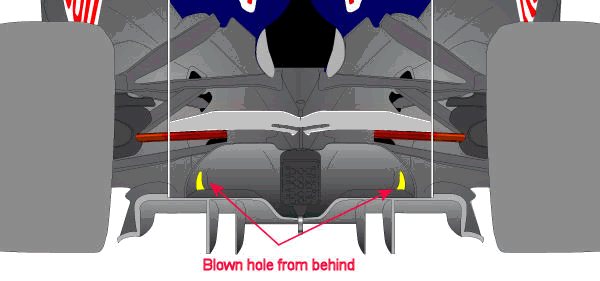
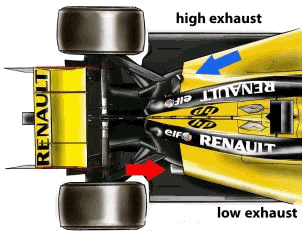
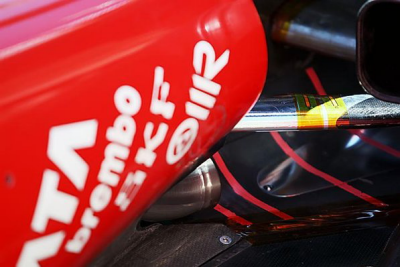
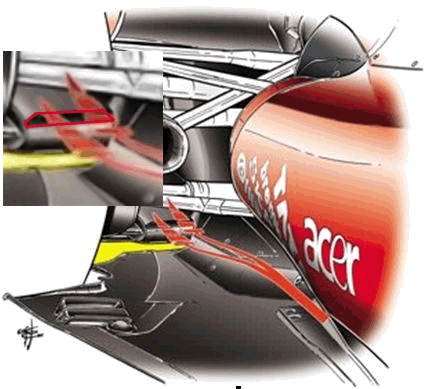
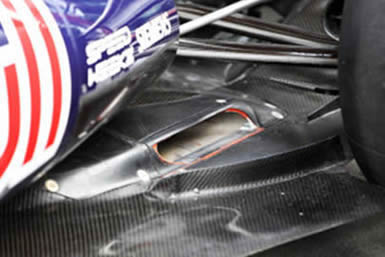

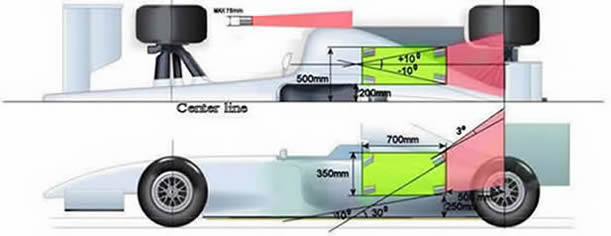
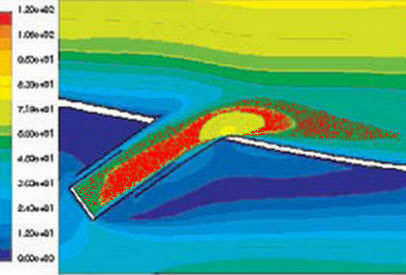
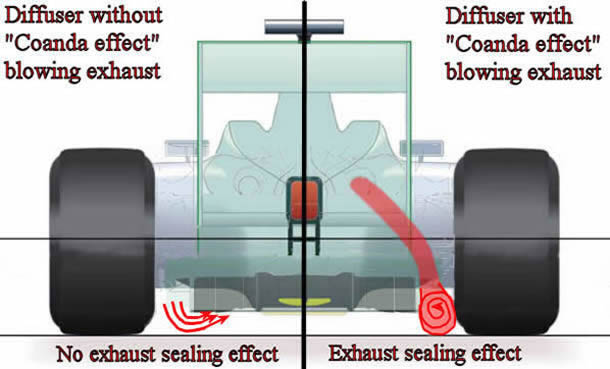
Comment